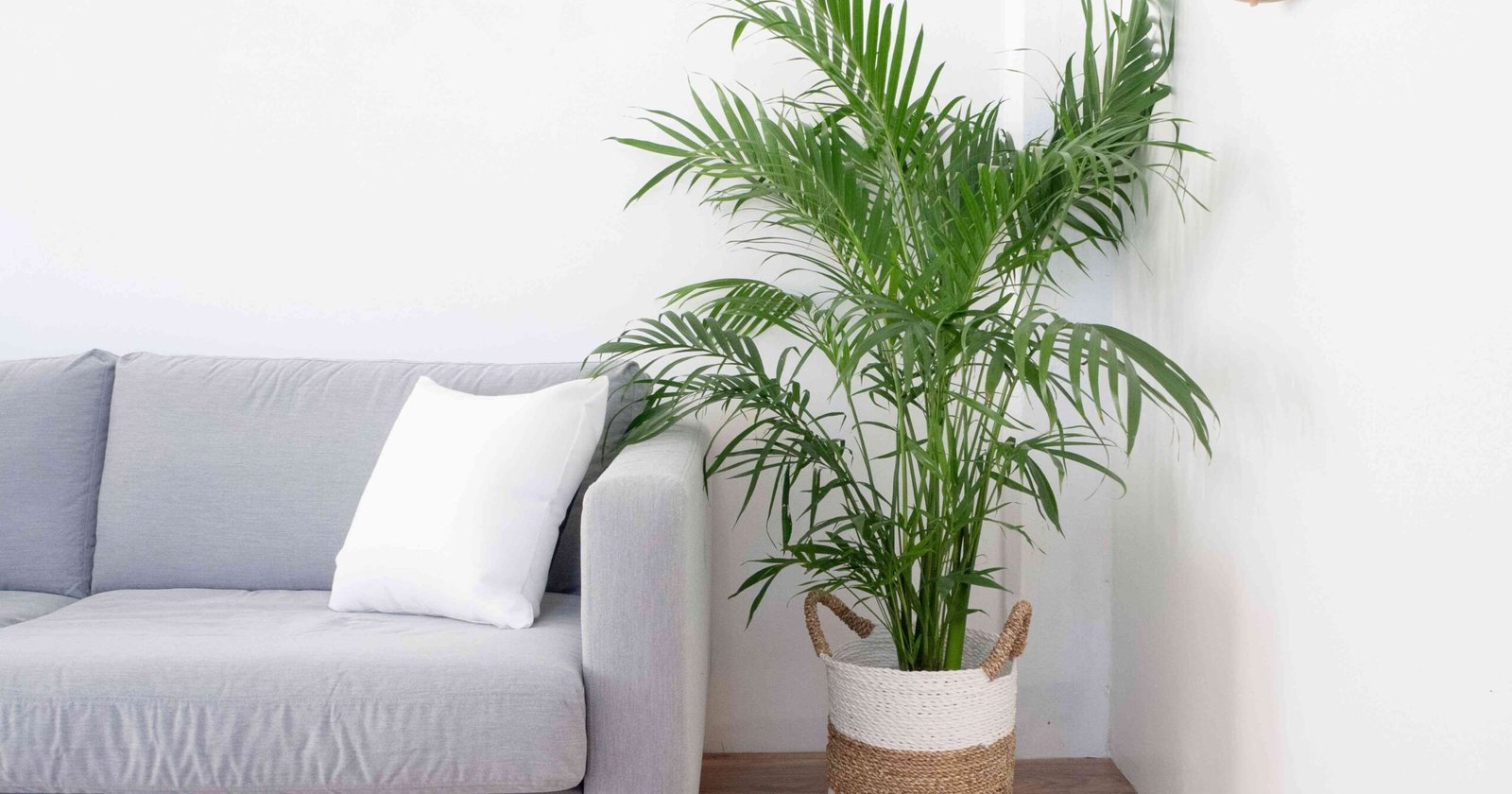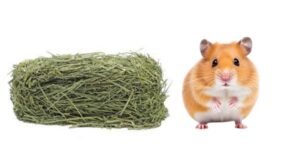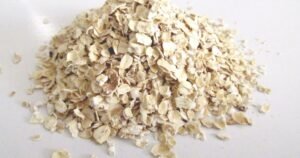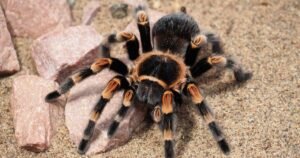- The cat palm thrives in consistently moist soil, but it’s important not to overwater it.
- Allow the upper layer of soil to dry before watering it again, but be cautious not to let the plant completely dry.
- Ensure that the pot has proper drainage to prevent the occurrence of root rot, a common issue associated with cat palms.
- Cat palms make an exotic and beautiful addition to your home.
Their lush, cascading fronds add texture and character to any decorative display.
These plants can thrive in bright light indoors or outdoors; it’s important to remember that proper care is necessary if you’d like them to flourish for years to come.
In this post, we’ll show you how easy it is to maintain a healthy Cat Palm in the comfort of your own home.
Cat palms are a unique and beautiful addition to any home.
It’s essential to understand its specific care requirements. In this guide, we’ll walk you through the basics of cat palm care in simple, easy-to-follow steps.
With just a few essential tips on watering and nourishing it properly, you can ensure that it lasts for years with plenty of lush greenery.
Read on for our expert guide on caring for cat palms in the comfort of your home – so you can enjoy its beauty without breaking a sweat!
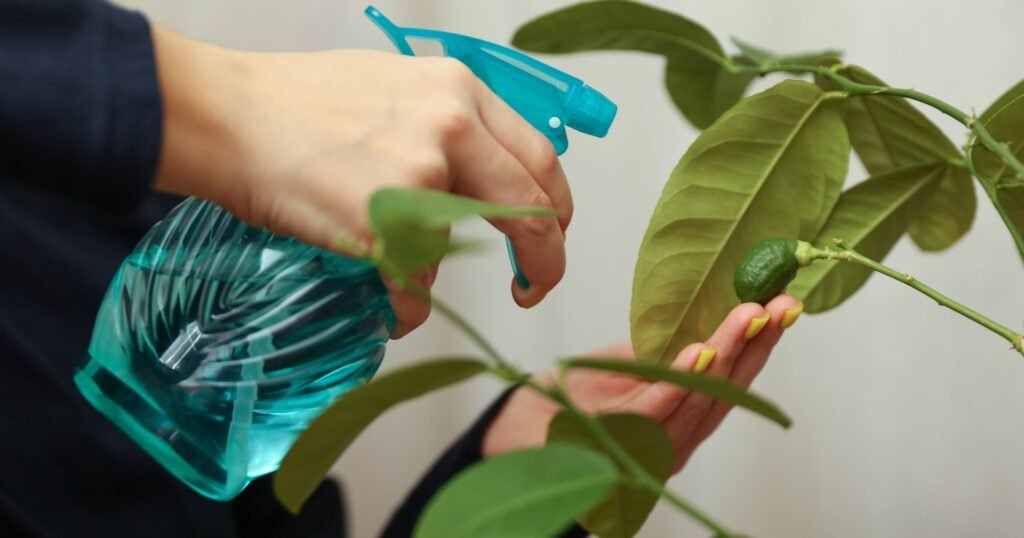
Ways To Care For A Cat Palm Indoors
Caring for a Cat Palm indoors is simple and fun.
It’s a pretty plant that loves bright light but needs some help growing well.
This guide will share easy tips to keep your Cat Palm healthy and green.
Let’s make your plant parenting journey joyful.
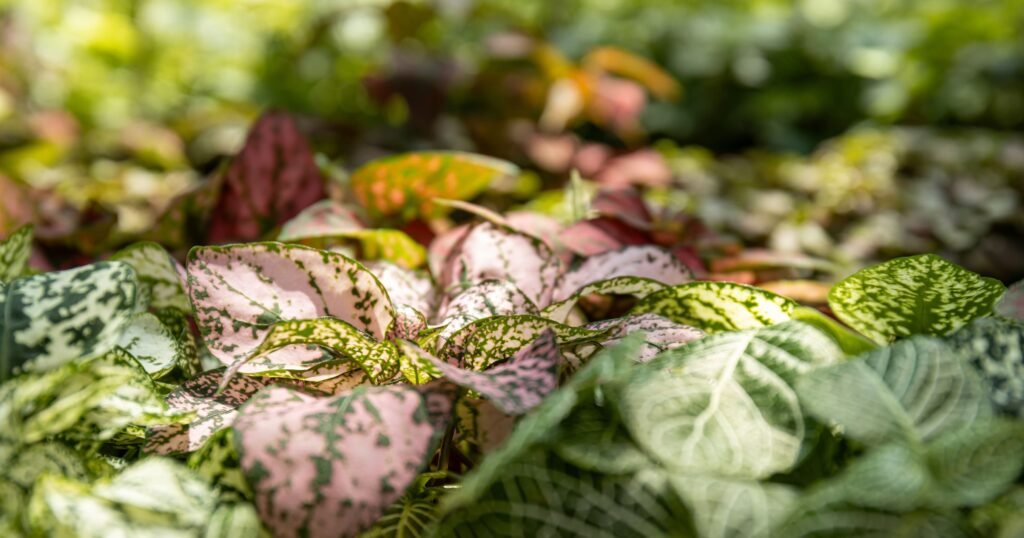
1. Provide Adequate Light
- Cat Palms love sunlight, but not too much. Bright, indirect light is best.
- Place it near a window with sheer curtains.
- Direct sunlight can burn the leaves, causing them to turn yellow or brown.
- If your home doesn’t get much natural light, artificial light will work, too.
- Just be sure to move the plant around to avoid uneven growth.
- Adjust the position of your Cat Palm regularly to ensure all sides get enough light.
- With the right light, your Cat Palm will grow lush and healthy.
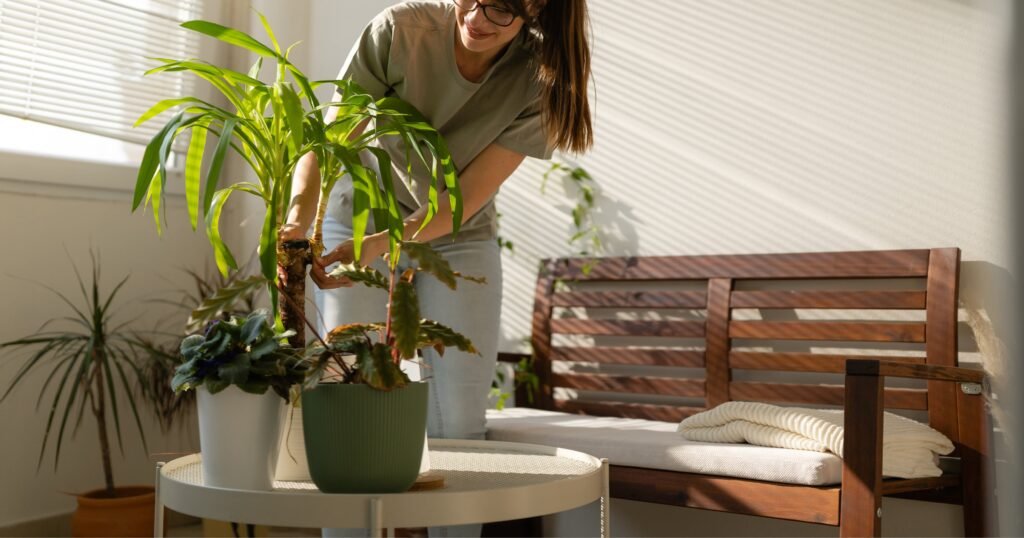
2. Water Regularly
- Watering your Cat Palm is important, but you must be careful not to over-water.
- Over-watering can lead to root rot, which is bad for the plant.
- Check the soil first.
- If it’s dry, give it some water.
- If it’s still wet, wait a bit more.
- A good rule is to water it when the top inch of soil is dry.
- Do not let the plant sit in water, harming the roots.
- Use clean, tepid water for best results.
- This simple routine will help your Cat Palm thrive.
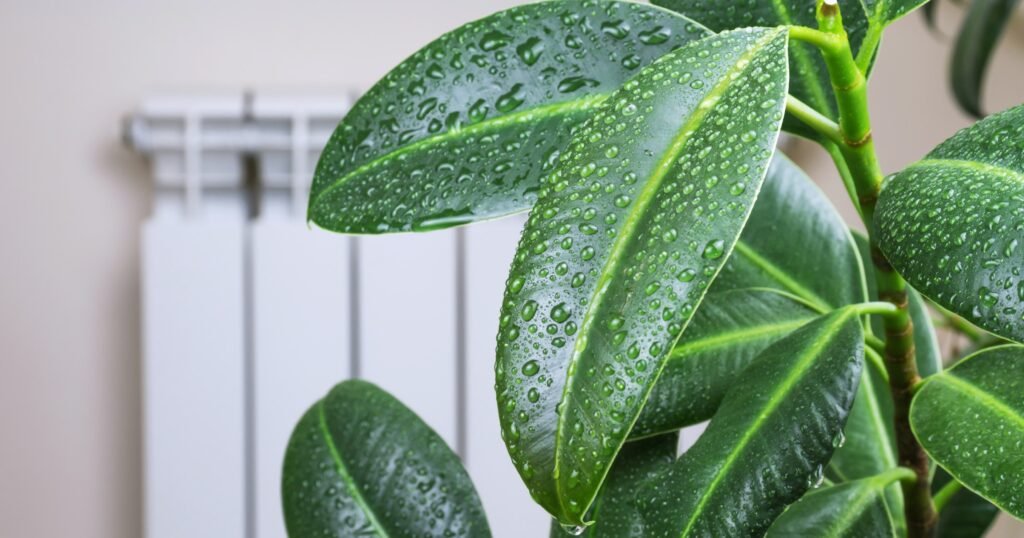
3. Humidity is Key
- Cat Palms love a humid environment.
- Dry air can turn the leaves brown.
- To keep your plant happy, put it in a room with high humidity, like a bathroom.
- Or, you can mist the leaves with water.
- Another easy idea is to put a tray of water near the plant.
- As the water evaporates, it increases the humidity around the plant.
- But don’t let the plant touch the water.
- These simple steps will give your Cat Palm the moisture it needs to grow well.
- Remember, the more you care for your plant, the more beautiful it will be.

4. Manage Temperature
- Cat Palms need the right temperature to grow well.
- They prefer warmer climates, around 70-80°F (21-27°C) during the day and a bit cooler at night.
- Avoid places with drafts or sudden temperature differences.
- Don’t put your plant near heat vents, air conditioners, or open windows during winter.
- Too hot or too cold weather can harm your plant.
- Keep the temperature steady; your Cat Palm will stay green and happy.
- With these simple steps, taking care of a Cat Palm indoors is easy and enjoyable.
- Your plant will reward you with its lush, green leaves all year round.
5. Feed Properly
- Feeding your Cat Palm is vital.
- Use a balanced, water-soluble fertilizer during the growing season from spring to early fall.
- Feed the plant every two weeks.
- This gives the plant the nutrients it needs to grow.
- In winter, stop feeding because the plant is resting.
- Remember, too much fertilizer can harm the plant.
- Always follow the package instructions.
- With proper feeding, your Cat Palm will grow strong and healthy.
- This simple care routine ensures your plant will thrive, providing a beautiful, green addition to your home.
- Enjoy the beauty of your well-fed Cat Palm.
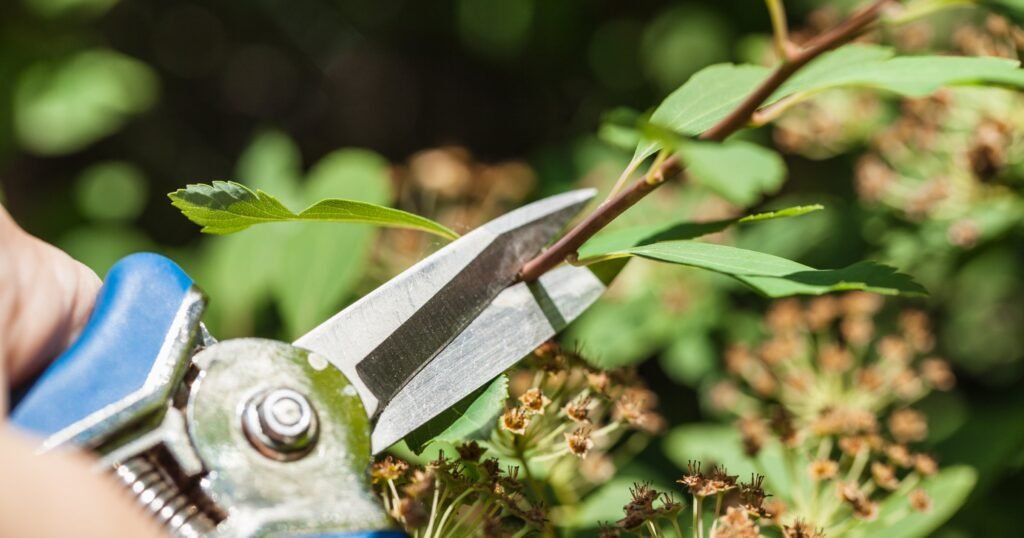
6. Regular Pruning
- Regular pruning is essential to keep your Cat Palm looking neat and healthy.
- Trim away any yellow or brown leaves with a clean, sharp pair of scissors to keep the plant looking fresh.
- This will also help the plant focus its energy on new growth.
- Remember to clean up the fallen leaves to prevent any fungal growth.
- Pruning is a simple way to care for your Cat Palm — it helps the plant stay clean and healthy.
- So, remember to trim now and then, and your Cat Palm will keep decorating your home with its green, lush beauty.
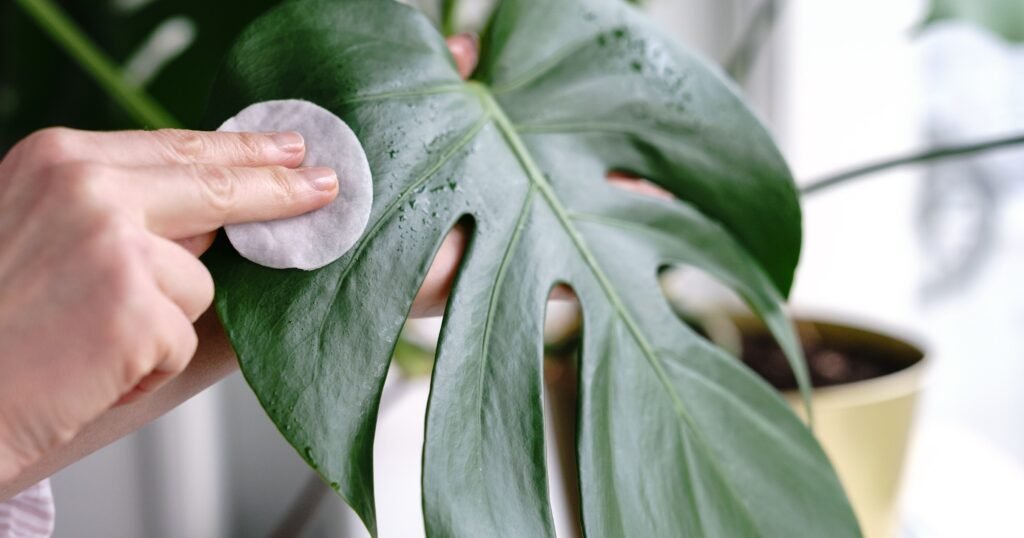
7. Dust the Leaves
- Cat Palms can collect dust on their leaves like any other indoor plant.
- Too much dust can block light and slow down growth.
- So, it’s good to clean the leaves from time to time.
- You can gently wipe the leaves with a damp cloth.
- This will help your plant breathe better and look brighter and healthier.
- Remember, a clean plant is a happy plant.
- So, keep your Cat Palm dust-free and watch it grow beautifully in your home!
8. Monitor for Signs of Stress
- A stressed Cat Palm can show different signs.
- The leaves might turn yellow or brown, or the plant may droop.
- This could mean it needs to get more sunlight or more water.
- The air might be too dry if the leaves dry or have brown tips.
- The plant may need more food if the new growth is light green or yellow.
- Don’t worry; These signs help you know what your Cat Palm needs.
- Just watch your plant and adjust its care.
- Soon, your Cat Palm will be healthy and green again.
9. Provide Adequate Air Circulation
- Just like humans, Cat Palms need fresh air to live well.
- Make sure your plant is in a place with good airflow.
- This helps the plant breathe and stay healthy.
- But avoid very windy areas, as strong winds can harm the leaves.
- Also, keep your plant in a tight space.
- Give it room to grow. With good air circulation, your Cat Palm will stay fresh and happy.
- Remember, a little care goes a long way.
- Love your plant, and it will give back with its green, lovely leaves.
- Your home will be more beautiful with a healthy Cat Palm.
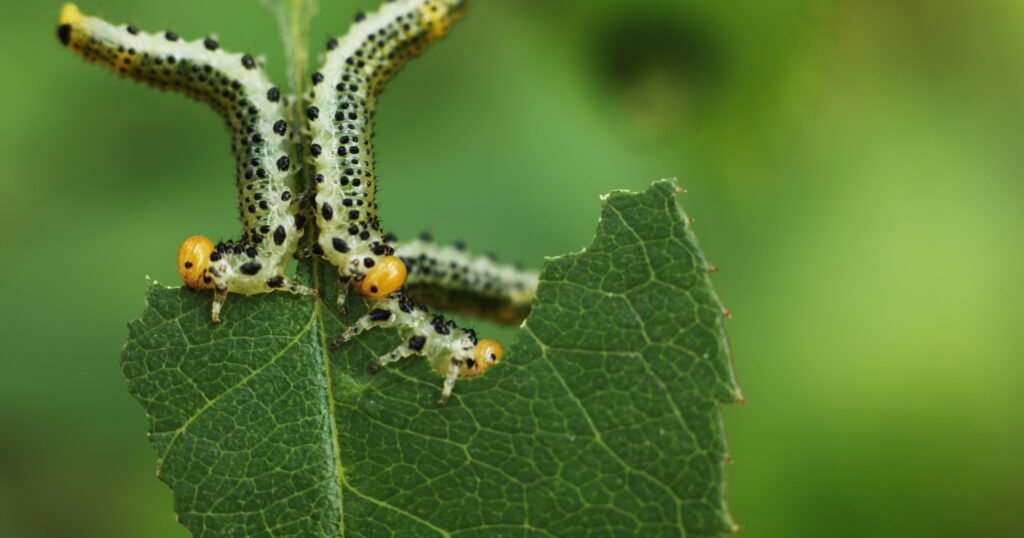
10. Keep an Eye Out for Pests
- Pests can harm your Cat Palm.
- Watch for minor bugs like spider mites or mealybugs.
- They might look like tiny white or black spots on leaves.
- Clean the leaves with a cloth and soapy water if you see these.
- It’s imperative to check your plant regularly for pests to keep it healthy.
- With reasonable care, you can keep pests away, and your Cat Palm will be happy and green.
- Enjoy the beauty of your pest-free Cat Palm in your home.
The Best Nutrition for Indoor Cat Palms
Cat Palms need nutrients like other indoor plants to remain healthy and vibrant. So, what’s the best diet for a Cat Palm indoors?
Let’s explore simple guidelines to ensure your Cat Palm gets the proper nutrients.
1. Water as a Basic Nutrient
Water is an essential nutrient for Cat Palms. It helps the plant grow and stay healthy. But remember, too much water can harm the plant.
So, it’s best to check the soil before watering. If the top part of the soil is dry, give it some water. If it’s still wet, wait a little longer. Clean, warm water works best.
Following this easy routine will keep your Cat Palm happy and green. Just a little attention can make a big difference. Enjoy watching your Cat Palm grow!
2. Balanced Fertilizer
Just like humans, Cat Palms need a balanced diet. This comes from using a good fertilizer. Fertilizer gives your plant food to grow.
It’s best to use it in the growing months, from spring to early fall. Use it every two weeks. But remember, too much can hurt your plant.
Always follow the instructions on the package. In winter, your plant takes a break. So, it would be best if you stopped feeding then.
This routine will keep your Cat Palm healthy and robust. You’ll see your plant grow beautifully with these steps.
3. Proper Feeding Frequency
Just like us, Cat Palms also need a consistent feeding schedule. Feeding your plant every two weeks during the growing season is crucial.
However, be sure to follow the package instructions for the fertilizer. Overfeeding, just like over-watering, can be harmful to the plant.
4. Recognizing Nutrient Deficiencies
It’s crucial to watch your Cat Palm for any signs of nutrient deficiencies. Your plant might need more food if new growth appears light green or yellow.
In such a case, consider increasing the frequency or quantity of fertilizer.
5. Picking the Right Fertilizer
Choosing the right fertilizer for your Cat Palm is vital. A balanced, water-soluble fertilizer is usually the most suitable.
Look for one that contains a mix of nitrogen, phosphorus, and potassium, the primary nutrients most plants need.
6. Winter Resting Period
During winter, Cat Palms rest. This means they stop growing and don’t need much food. So, it would be best if you stopped feeding fertilizer during winter.
Just give it water and light. When spring comes, start feeding again. Your Cat Palm will grow well with this care. Enjoy your green, healthy Cat Palm!
7. Avoiding Over-Fertilization
- Over-fertilization can lead to ‘fertilizer burn,’ manifesting as brown leaf tips on your Cat Palm.
- Always stick to the recommended dosage on the fertilizer package to avoid this issue.
- In conclusion, just as a balanced diet is essential for humans, the right mix of water and nutrients is crucial for indoor Cat Palms.
- By observing the guidelines above, you can ensure that your Cat Palm gets the best indoor diet to thrive and brighten your home with its lush green beauty.
Grow Cat Palm From Seed
Growing Cat Palm from seed is a delightful task. Just follow the steps below:
1. Get the Seeds
Start by sourcing the seeds. You can buy Cat Palm seeds from a plant store or even online. Make sure to choose a trusted supplier to ensure the seeds are healthy.
Once you have the seeds, it’s time to start the planting process. Remember, growing Cat Palm from seed requires patience, but the result is advantageous.
Enjoy the process and watch your efforts sprout into a lovely, green Cat Palm. With good care, your Cat Palm will grow beautifully, adding a touch of nature to your home.
2. Plant the Seeds
Next, you need to plant the seeds. Fill a pot with good-quality potting soil.
Make small holes in the soil and place the seeds in them. Cover the seeds lightly with the soil. Remember not to bury them too deep.
Now, water the pot gently. Keep the soil moist but not too wet. Lastly, place the pot in a warm, well-lit spot. This is a beautiful moment.
You will see tiny green shoots come up. They will grow into a beautiful Cat Palm plant.
3. Care for the Seeds
Taking care of your Cat Palm seeds is crucial. They need sun, warmth, and water. But don’t give them too much water. Overwatering can harm them.
After planting, wait and watch. Keep the pot in a bright, warm spot. Water the soil when it gets dry.
Soon, you will see small shoots. These will grow into a lush, green Cat Palm.
4. Wait and Watch
Patience is critical when growing Cat palms from seed. It’s a joyful process that requires time and care.
Provide your seeds with sunlight, warmth, and the right amount of water. Over time, your dedication will result in a lush, vibrant Cat Palm, adding a natural touch to your home.
Common Problems With Cat Palm
Like any other plant, Cat Palms sometimes face issues. But don’t worry; these are common and can be fixed quickly.
- Yellow Leaves: If your Cat Palm’s leaves turn yellow, it might be getting too much sunlight or not enough water. Try moving your plant to a spot with less direct light and keep the soil moist.
- Brown Tips: If the tips of your Cat Palm turn brown, it might be due to dry air or over-fertilizing. Try misting your plant with water to increase humidity and follow the proper feeding schedule.
- Wilting or Drooping Leaves: If your plant’s leaves start drooping, it’s often a sign of overwatering or poor drainage. Check the soil; if it’s too wet, let it dry before watering again.
- Small White Spots: If you notice tiny white spots on the leaves, your Cat Palm might have spider mites. Wipe the leaves with a damp cloth and use a natural insecticide if the problem persists.
Easy Solutions to Common Problems With Cat Palm
Dealing with plant problems can be challenging, but don’t worry! Here are some easy solutions.
1. Yellow Leaves
This may be because your plant needs more sun or water. Move your plant to a place with less sun and ensure the soil is always wet.
2. Brown Tips
Dry air or too much fertilizer could be the issue. Try spraying your plant with water to make the air around it moist. Also, remember to feed it correctly.
3. Leaves Drooping
This is usually because of too much water or inadequate draining. If the soil looks pretty wet, wait till it dries a little before watering again.
4. Small White Spots
These tiny spots could be spider mites. Wipe the leaves with a wet cloth and use a plant-friendly bug killer if it keeps happening.
Your Cat Palm is like a friend. Sure, it may have a few problems, but with a little TLC (Tender Love and Care), it will grow strong and healthy. Stick with these tips and watch your plant thrive!
Conclusion
How To Care For A Cat Palm Indoors? Successfully caring for a Cat Palm indoors isn’t tricky, but it does need some basic understanding. Firstly, remember that these plants love light, but not direct, harsh sunlight. So, place your Cat Palm near a window, but not too close. Secondly, water is essential, but too much can harm your plant. Overwatering can cause the leaves to wilt or droop.
On the other hand, if the soil gets too dry, your Cat Palm may get yellow leaves. Feeding your Cat Palm is also crucial. Use a good fertilizer. It should have nitrogen, phosphorus, and potassium. These are the primary nutrients that your plant needs. But remember, don’t feed your Cat Palm during winter. This is its resting period. Once spring comes, you can start feeding again.
It’s also important to be aware of common problems. If your Cat Palm has yellow leaves, it might get too much sun or need more water. Brown tips might mean dry air or too much fertilizer. Drooping leaves often need more water or lousy drainage. Small white spots could be spider mites. But don’t worry; all these issues can be fixed with love and care.
FAQs
How often should I water my indoor cat palm?
Watering your indoor Cat Palm depends on many factors like the humidity, light, and temperature of your room. Generally, it’s best to water your palm once a week during the growing season (spring and summer).
Remember, overwatering can harm your plant. So, it’s better to water less than too much. If you see the leaves turning yellow or drooping, it might be a sign of overwatering.
Do cat palms need sunlight?
Yes, Cat Palms do need sunlight, but not direct sunlight. Too much direct sun can burn the leaves, turning them yellow.
Place your Cat Palm near a window that can get bright but indirect light. It is a tropical plant and loves warm, humid environments.
However, it can still survive in lower light conditions, but its growth may be slower. Remember, the right balance of light is essential for your Cat Palm’s health and growth.
Are cat palms good indoors?
Yes, Cat Palms are great indoors. They add a touch of nature to your home, making the air fresh.
They don’t require direct sunlight, making them perfect for less-light rooms. They also only need a little watering.
These plants are easy to care for and make your space look beautiful. If you give them a little love and care, they will grow and thrive in your home.
What do you feed a cat palm?
Cat Palms need a portion of balanced plant food. This should be high in nitrogen, phosphorus, and potassium.
These nutrients are essential for the plant’s health and growth. It would help if you fed the Cat Palm during its growing season, spring and summer.
In the winter, the plant rests, so you should stop feeding it.
Always remember too much food can damage the plant, so follow the instructions on the fertilizer’s packaging.
Your Cat Palm will grow healthy and lush with the proper care and feeding.
How long do cat palms live for?
Cat Palms can live for many years if taken care of properly. They usually grow well for about 5-7 years before needing extra care.
After that, they can live and thrive for 10 to 15 years with the right light, water, and food conditions.
Avoid overwatering, provide indirect sunlight, and feed it with balanced plant food during growing seasons.
So, with some love and attention, your Cat Palm can be a long-lasting addition to your home.
Should I spray my palm with water?
Yes, it’s a good idea to spray your palm with water. Spraying water on the leaves can also help keep them clean and dust-free.
However, ensure to do it sparingly, as too much moisture can lead to problems like fungus and other diseases.
Always allow the plant to dry out a bit before the next misting. Remember, balance is critical when caring for your Cat Palm.

